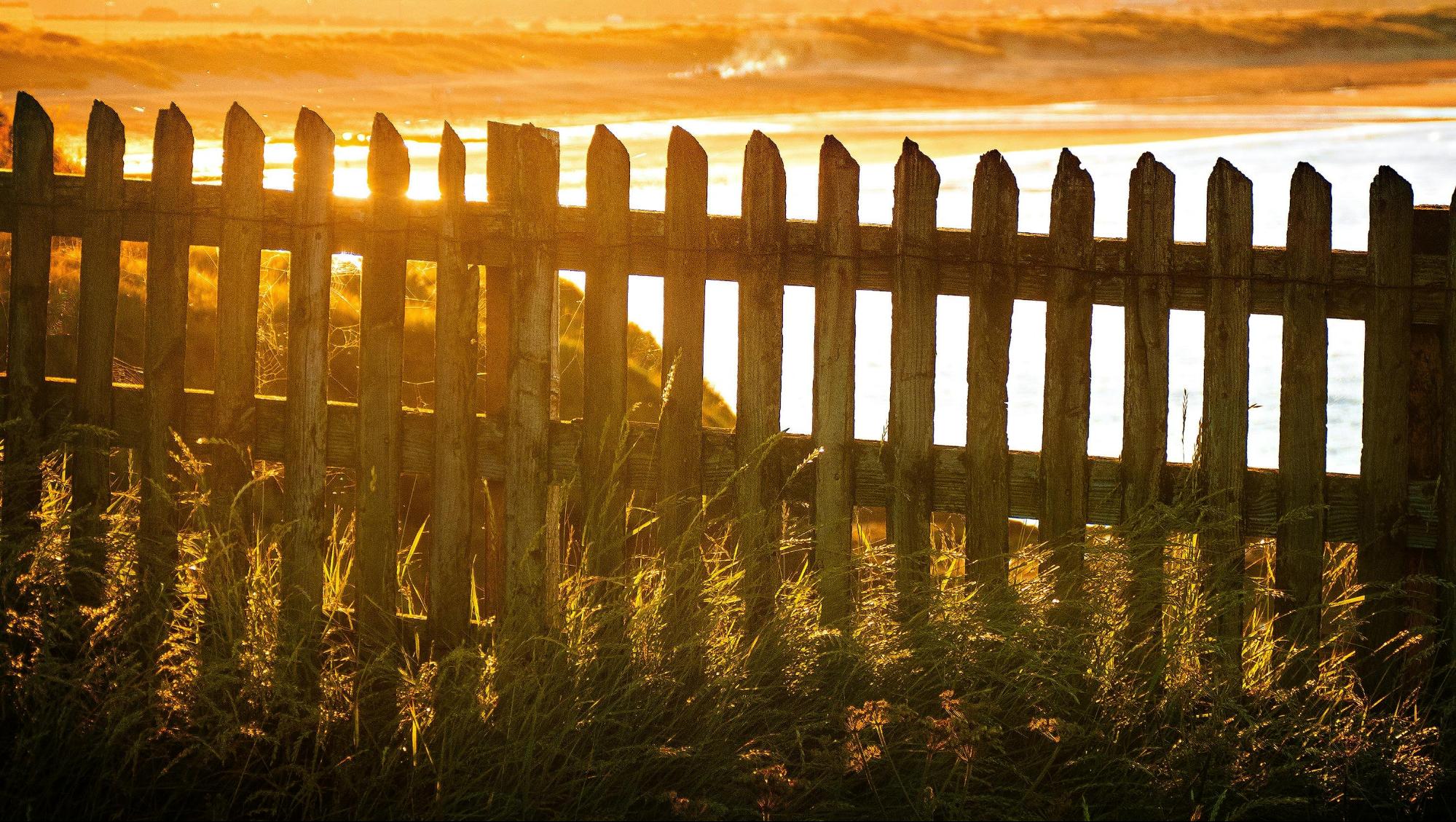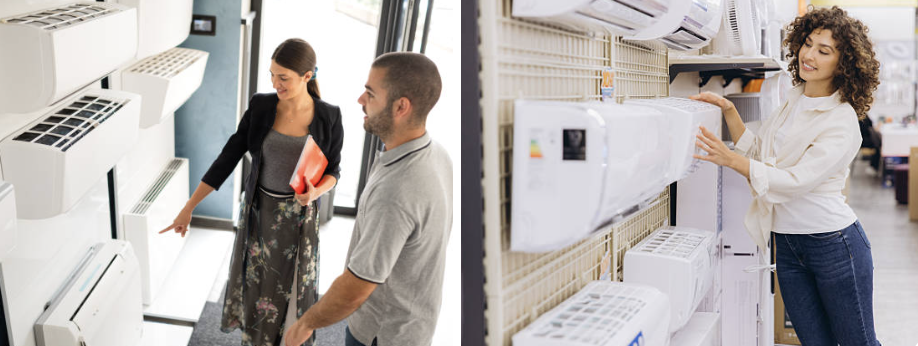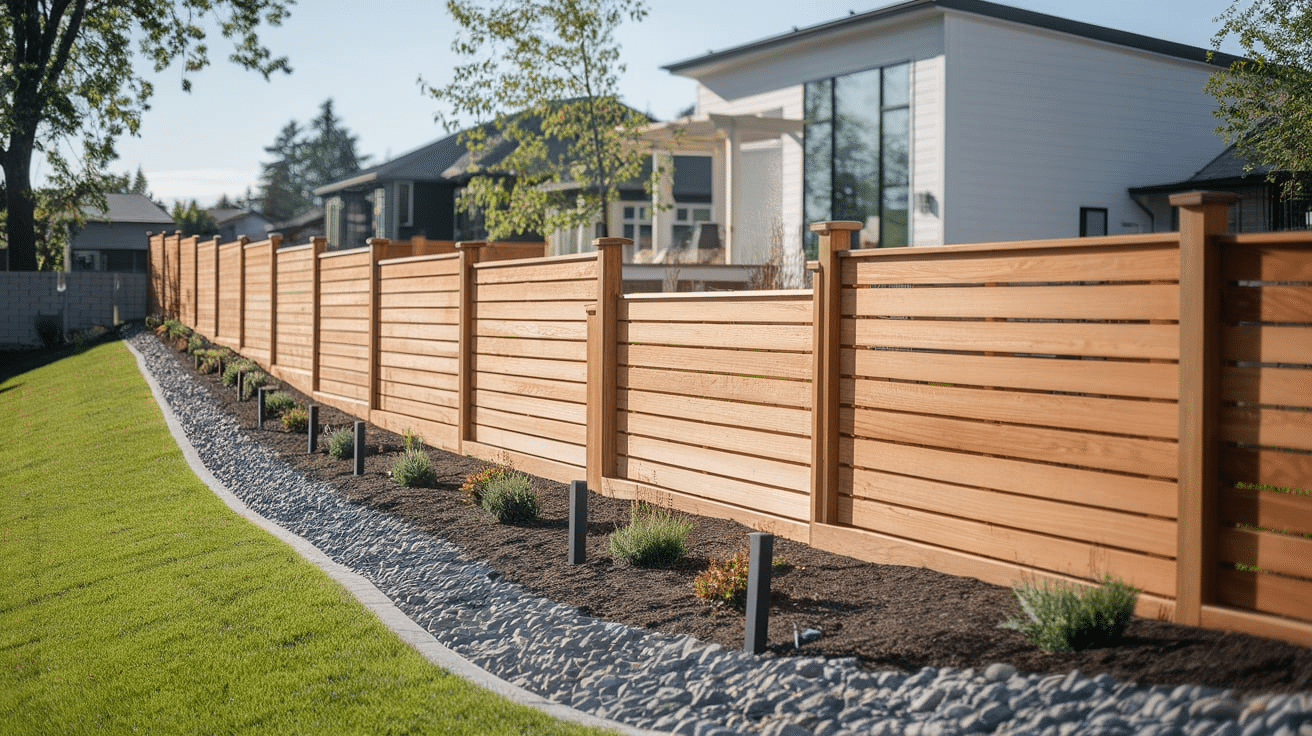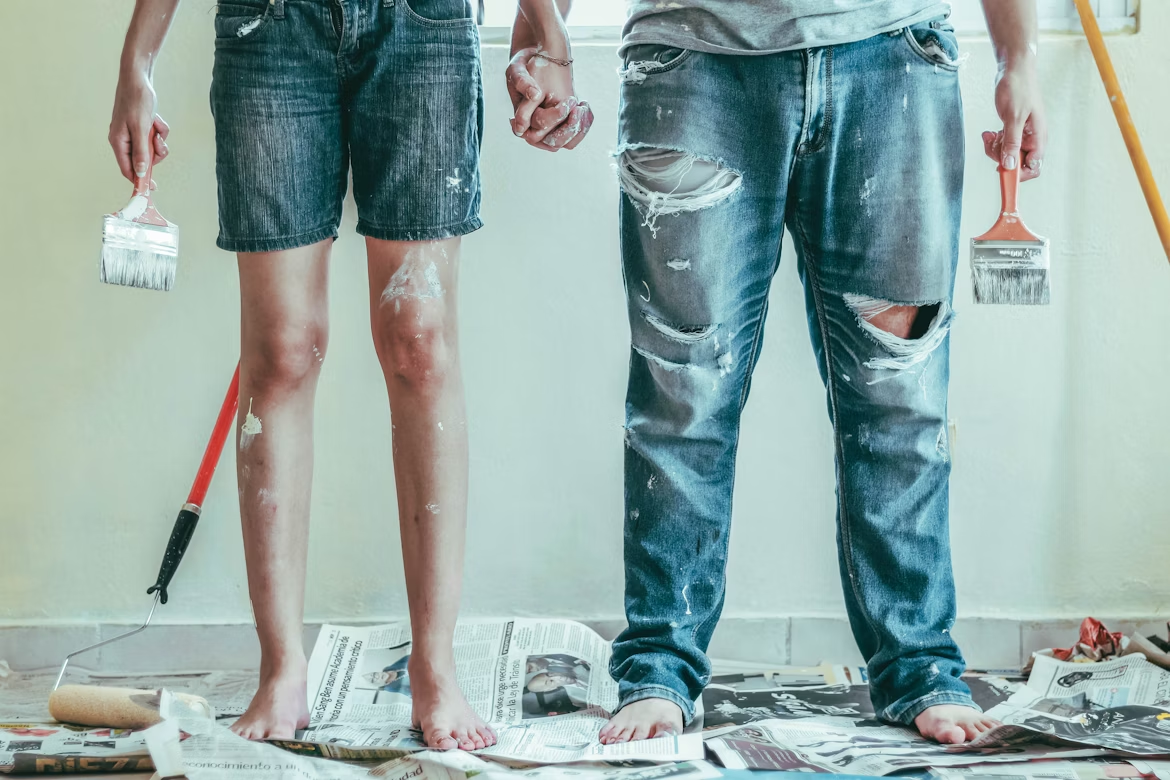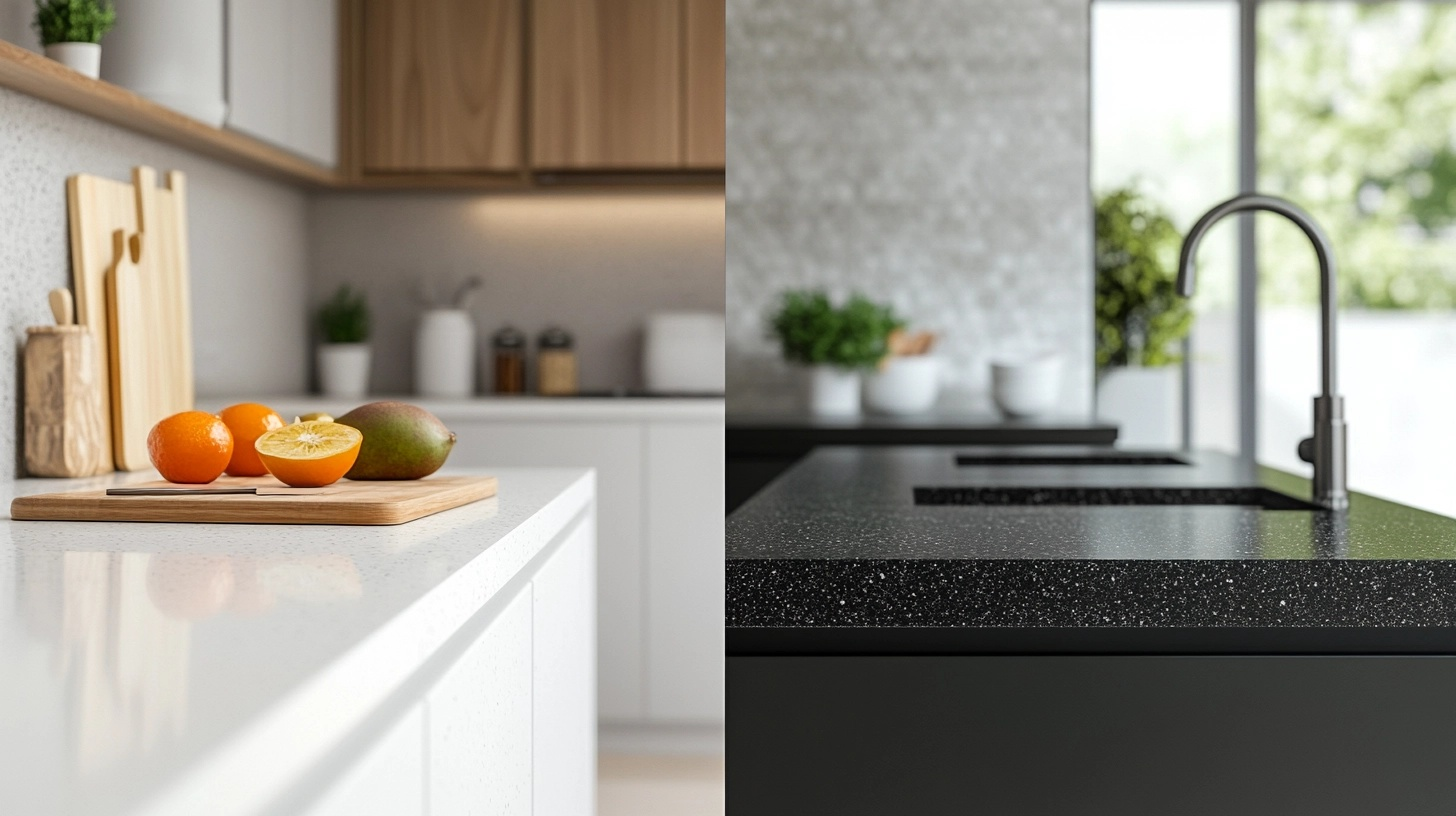The Rise of Customizable Fencing: Trends and Innovations
Fences have long played a role in marking territory, protecting privacy, and enhancing properties. However, today’s fences are becoming far more than mere boundary markers. The trend of customizable fencing is changing how homeowners and businesses think about both functionality and design. These developments signify several changes in fencing preferences and capabilities.
The Personal Touch

Cookie-cutter fences of yesteryear are being replaced by those offering a personal touch. Whether in residential areas or commercial environments, customization allows for a level of personalization that resonates with people’s tastes. Bright colors, unique patterns, or themed designs allow individuals to express their style, setting their space apart from neighbors.
Moreover, property owners now opt for materials ranging from reclaimed wood to sleek metals, each carrying its unique aesthetic and benefits.
This trend goes beyond aesthetics, as people increasingly care about matching their fencing solutions with their environmental ethos or personal philosophy. Material choice impacts both the appearance and the sustainability footprint of the property, a growing concern for many.
In addition to design and material selection, customization enables homeowners to reflect local culture or history in their fencing choices. This approach not only beautifies individual plots but collectively elevates community aesthetics. It allows the creation of distinctive neighborhoods with character and charm, enhancing local pride and cohesion.
An increasing number of residents are researching local resources as they explore these diverse options. Some look towards specialized services like fencing in Murrieta, known for offering a variety of high-quality and customizable solutions. By making informed choices, property owners can find fencing options that truly align with their vision and the unique needs of their environment.
Smart Features and Functionality
Functionality is the name of the game in modern fences. Many fences now come equipped with technological enhancements. Motion sensors, integrated lighting, and security alarms blend seamlessly into fences, delivering more than basic aesthetic appeal.
The push towards intelligent fencing reflects a broader societal desire for security and convenience without compromising style.
This technology enhancement caters not just to affluent areas, but affordable solutions have steadily become available, democratizing smart fence technology. Homeowners are finding they no longer need separate security systems. Instead, they can opt for fences that serve dual purposes, effectively securing perimeters while providing aesthetic allure.
Additionally, smart fencing is becoming an asset in energy efficiency, with solar-powered lights and sensors reducing electricity consumption linked to perimeter management. As the market expands, solutions that integrate renewable energy sources allow homeowners to diminish their reliance on the grid while maintaining effective property protection.
Eco-Friendly Materials Matter
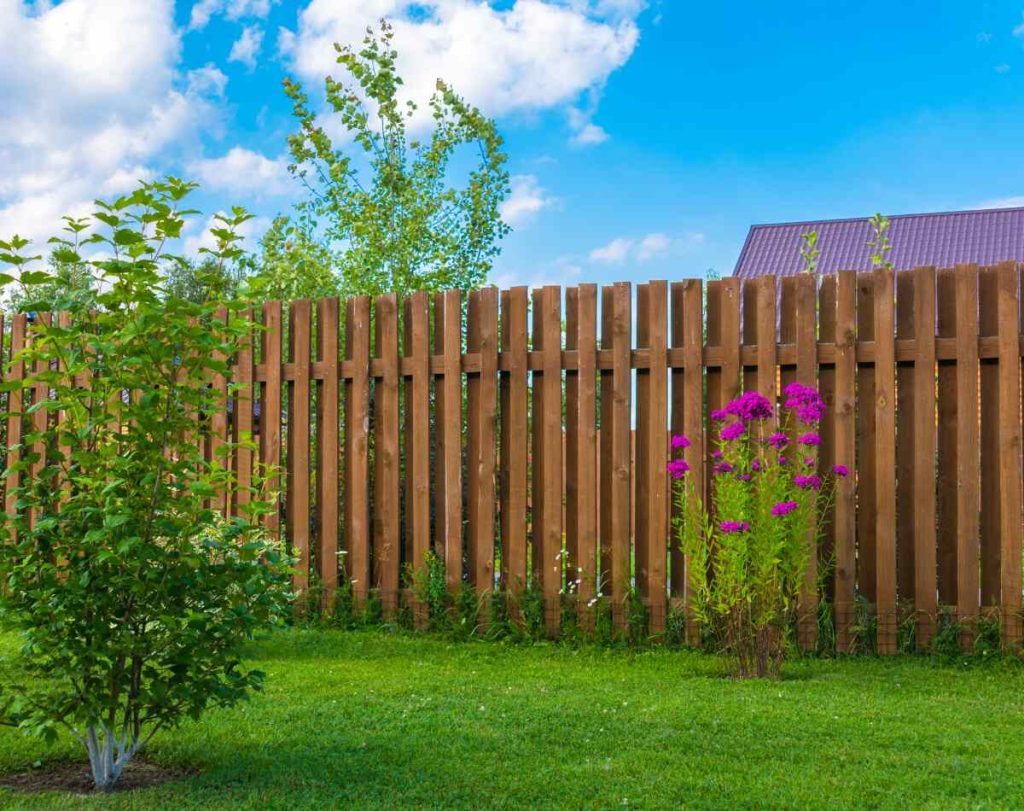
Sustainability continues to grip our collective conscience, leading many to choose environmentally friendly fencing options. Recycled or rapidly renewable materials are garnering interest as consumers rethink their choices concerning environmental stewardship.
Bamboo, for instance, offers durability and an idyllic natural appearance without the environmental burdens associated with traditional wood.
Moreover, sustainable material choices influence the market’s direction and public perception of responsibility. Though these options sometimes come with higher upfront costs, many find that such investments pay off through longevity and environmental contributions.
Along with sustainability, the durability of eco-friendly fences offers long-term cost benefits. Homeowners gain the assurance that these materials withstand weather changes and require minimal maintenance over time. This consideration often makes the sustainable option attractive in terms of lifetime investment, countering initial budget constraints with future savings.
Design Trends of the Year
Current trends spotlight a shift toward creative fencing solutions that prioritize both form and function. Vertical gardens integrate landscaping directly into fences, thus offering increased privacy, improved aesthetics, and a unique means of urban gardening. Elsewhere, modular fences allow for easy expansion and reconfiguration, giving homeowners flexibility in space management.
Minimalist aluminum fences replace cumbersome designs, offering lightness, resilience, and modernity. These sleek structures align with trends leaning towards simplicity, transforming fencing into more than an afterthought. By pairing functionality with style, these trends redefine how we perceive very boundaries.
As architects and designers push boundaries with material and tech innovations, even the concept of fence height and transparency is being reimagined. Semi-transparent or gradient designs provide visual interest while maintaining privacy, catering to those fascinated with contemporary elegance and open spaces.
Conclusion
The rise of customizable fencing underscores a broader shift towards individuality, functionality, and environmental consciousness in exterior design. As preferences lean towards personalization, technology, and sustainability, fences do more than just define property lines. They command attention, accentuate spaces, and offer insights into the values of their owners.
As these trends continue to evolve, homeowners and businesses alike must consider how their fencing choices reflect their identity and priorities. In this brave new world, fences are more than a barrier—they’re a canvas for expression and innovation.

